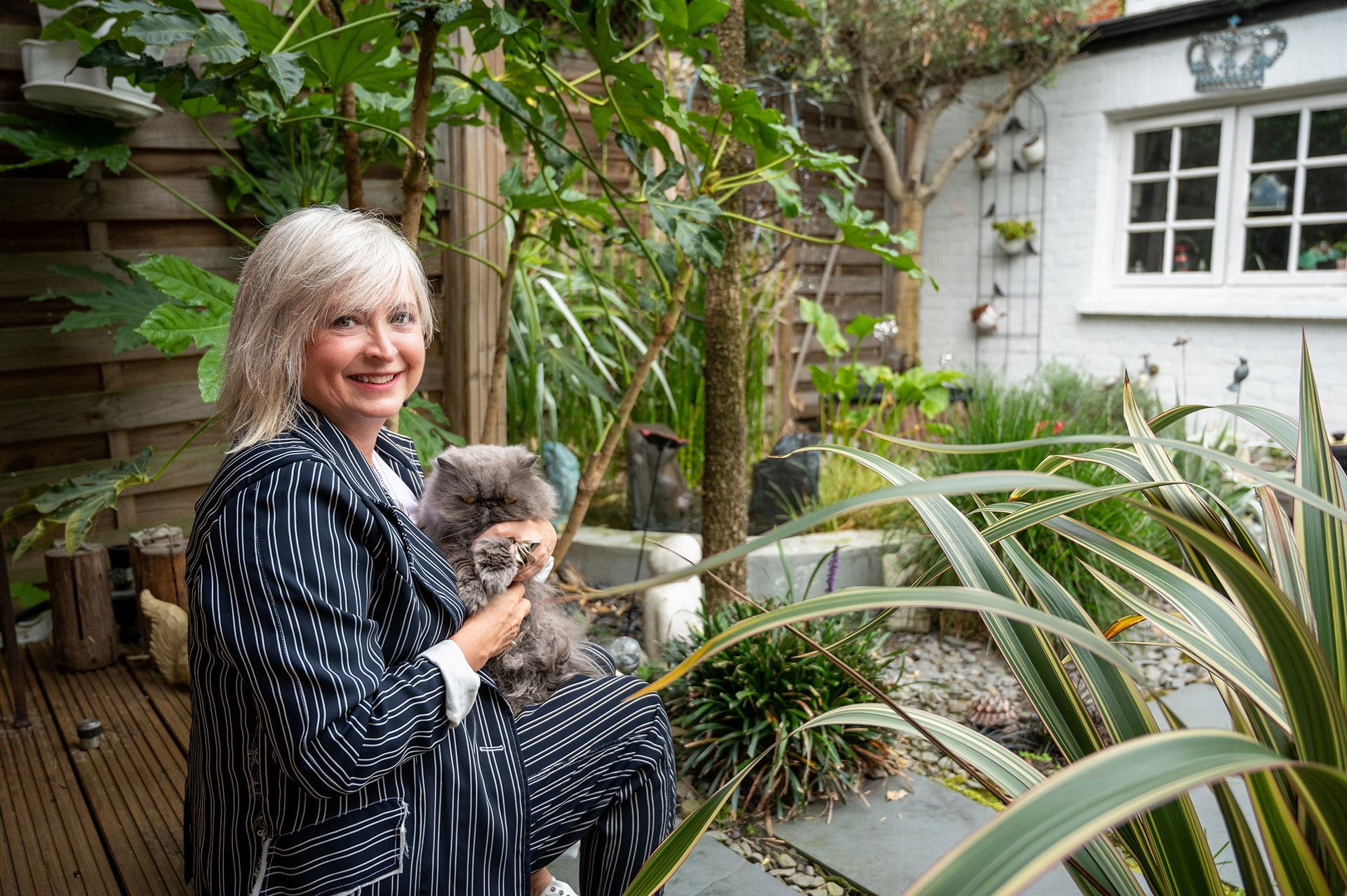EYE EYE – Inviting Awareness of Eye Contact
EYE EYE – Inviting Awareness of Eye Contact
Communication happens in a myriad of ways, but for both humans and animals the eyes and face are just as important as sound and movement.
Eye to eye contact is one of the first sensory developmental stages for infants along with touch. That initial safety and facial recognition so essential for proper bonding is set up by that 8 inch gaze down by a mother to the baby on her breast.
If that initial eye to eye connection is not established for whatever medical or emotional reason, this can lead to significant developmental delays for that particular individual.
During therapy for adults, some may say that maintaining eye contact is an effective technique for ensuring honest conversation, but quite often we have no idea of the past history of the individual we are communicating with. They may not be even aware of it themselves as a preconscious conditioning or event.
Forcing eye contact may interfere with the thinking, communicating, and learning process of the client. This may create anxiety and uneasiness, leading to an emotional shutdown- an indicator perhaps that the vagus nervous system has had to shut down at one point.
A direct gaze into the eyes by the practitioner may cause the client to forget what he or she wanted to share. A certain period of eye contact is beneficial when dealing with loved ones but when dealing with strangers or specialists such as therapists and practitioners, it tends to create discomfort after a few seconds.
While infants rely on eye contact as natural means of asking for attention and keeping it, it is important to understand that if the baby has not had the initial eye contact with its mother OR father or been subjected to a flat face expression (Stephen Porges term for lack of emotion around the eyes) it can be highly traumatizing for an adult to maintain eye contact.
Many of us as children were forced and conditioned to “look” at an adult to show respect, with the scolding adult the showing the child who is in control. This deep condition and control “I am big, you are small” can create feelings of shame, fear and vulnerability and lack of control that stays with us as adults.
This is why some adults cannot concentrate and engage in honest talks whilst maintaining eye contact.
There is also the myth that without eye contact we cannot assume the other’s concentration or honesty, but studies have shown that averting gaze can actually be more helpful and calming for our brain.
When working with clients it is important to be client led, as eye contact tends to disorient some and create a sense of vulnerability, when one’s inner feelings and thoughts are exposed (Santillano & Caroline, 2012).
Some people prefer to look around the room, some look up or down, and some play with their hands during sessions. For client safety it is important that they are not forced to look at you, at any time.
In many cultures eye contact is perceived as a show of confidence or assertiveness particularly in the west. However not all cultures are the same and it is worth remembering cultural etiquette. I do maintain that as animals ourselves in essence, our survival instincts are still on high alert and even more so if we have suppressed trauma. Not forgetting that these traumas can occur pre conscious age.
On the other hand, it should be remembered that many of our domesticated fur friends, horses, dogs, goats even have the capacity to increase our oxytocin (our love hormone)with eye gazing, once we have that rapport and unconditional love that is shared between our furry friends.
Psychological and physical safety in the therapy room
Creating a sense of safety in therapy sessions helps to establish a strong therapeutic relationship based on trust, which allows the therapist to explore the critical issues without re-traumatizing the clients. The feeling of safety allows the client to confront the past traumatic experiences without feeling unsafe about the present and future happenings. The therapists should consult with the client to understand their fears and what makes them feel unsafe and then build a plan to empower and make the client feel under control (The professional Practitioner, 2019). Increasing external safety involves focusing on the surrounding and interpersonal elements around the therapy room. This includes maintaining client-tailored room temperature, warm colors, and comfortable sofa or chair. In addition, the therapists should maintain a sound distance from the client including providing alternative seating positions and certain furniture arrangement. Even ensuring minimal visual distractions, enough natural light and maintaining minimal external noise is very important in creating a sense of safety (The professional Practitioner, 2019). The therapist should avoid or remove any pictures or objects that may trigger anxiety or re-traumatize the client. Overall, objects such as stress balls, fragrant candles, smooth stones, soft pillows, and colorful balls may help the client feel at home. On the other hand, internal safety focuses on the psychological or mental wellbeing of the client. The therapists can boost client’s internal safety by starting and ending the therapy session at the agreed time (The professional Practitioner, 2019). The therapist should also introduce verbal and non-verbal cues to help client communicate when he or she is comfortable or uncomfortable with a particular subject matter.




Leave a Reply
You must be logged in to post a comment.